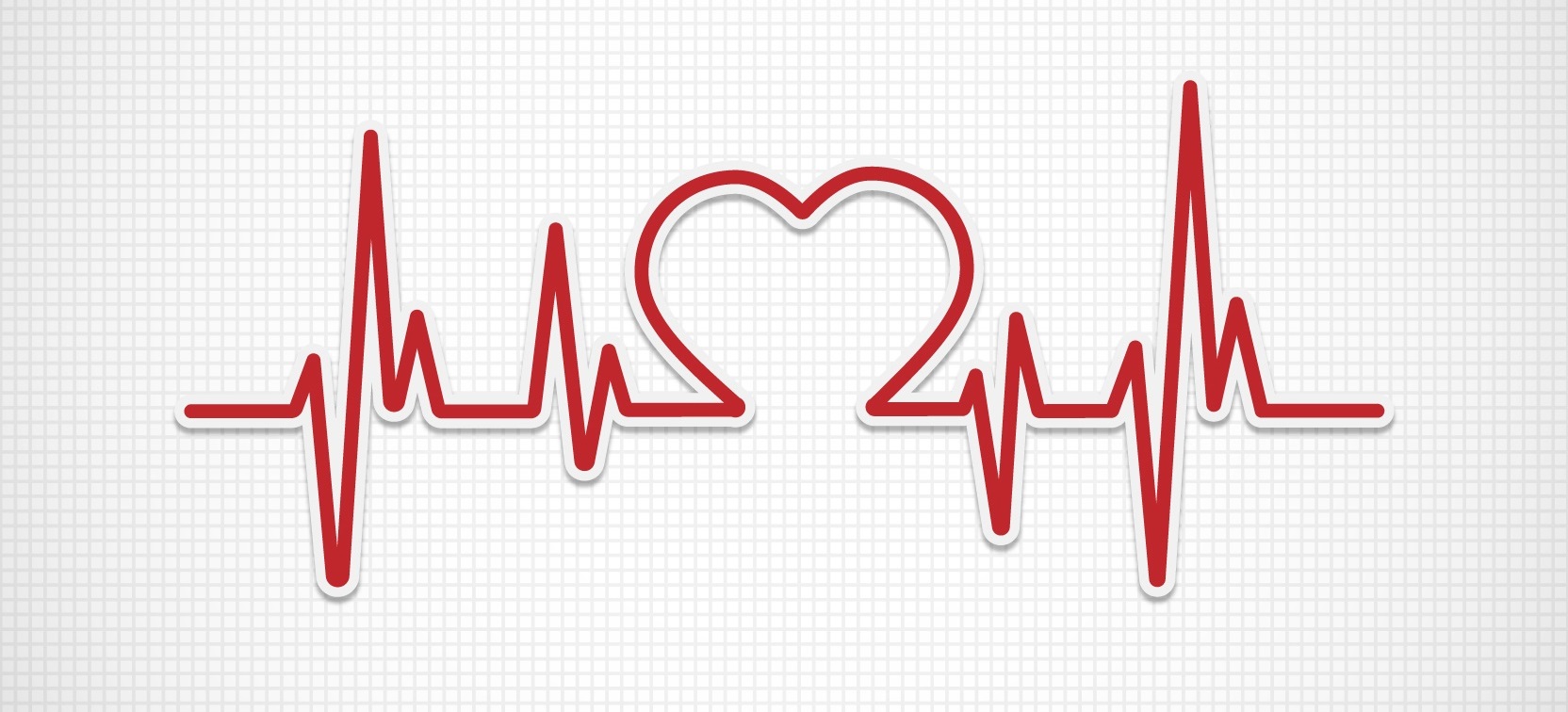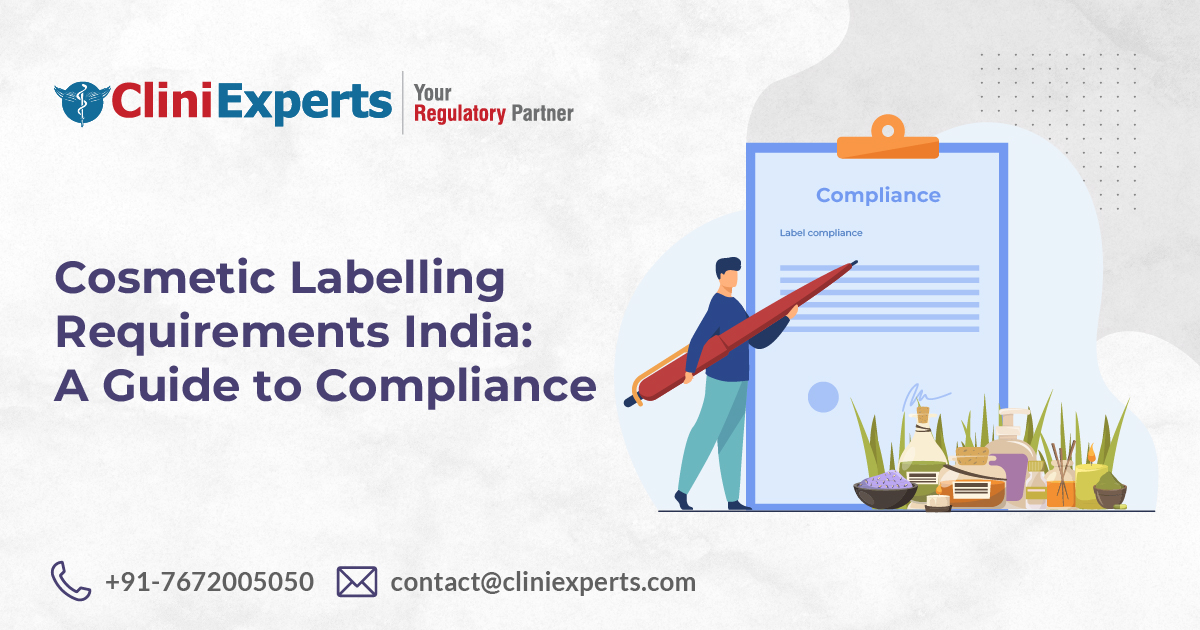Coronary Stents are Now Included in the National List of Essential Medicines: Its Impact on Prices, Availability, and Healthcare

National List of Essential Medicines
The National List of Essential Medicines (NLEM), 2011, has been reviewed and revised by the Core-Committee constituted by the Ministry of Health & Family Welfare (MOHFW), Government of India. The committee has formulated a new list as per the inclusion and exclusion criteria. The most important amendment made is the inclusion of coronary stents in the revised list and has been directed by Honorable High Court of Delhi in the Writ Petition No 1772 of 2015. Such a revision has taken place because of a petition filed to control the sale price of the stents and make them easily available to the masses.
Essential Medicines
As per the World Health Organization (WHO), Essential Medicines are lifesaving drugs, which are vital for satisfying the basic health care needs of the general population. These are essential drugs that require doctor’s prescription. NLEM constitutes a list of such drugs, and they are listed after considering the disease burden, efficacy, safety, and comparative cost-effectiveness of the medicines. The enlisted drugs are made available to the patients at reasonable and affordable prices. To increase the availability and affordability of such lifesaving drugs, so as to face the changing and increasing disease burden profile, the committee considered the necessity to revise NLEM on a regular basis. This has led to the introduction of newer and far better medicines to preserve the importance, relevance, and reliability of NLEM.
Coronary Stent
A coronary stent is a lifesaving coil-like medical device, which is placed in the coronary arteries that supply blood to the heart’s tissues. In case of a coronary blockage, the blood supply to the heart reduces and it may entirely stop functioning leading to a heart attack. These stents make patent the blockage in arteries and keep them open to reduce the risks of coronary diseases such as myocardial infarction and angina. Because coronary heart diseases are found to affect a large chunk of the Indian population and because stents are considered to be the best suited treatment strategy for patients with heart diseases associated with blockage, its makers were enjoying the pricing freedom. This led to rampant price increments, making it unaffordable to the common man. Therefore, to curtail the price hikes and to make it affordable to every patient, the stent’s inclusion in NLEM was highly warranted and much celebrated. Inclusion of coronary stents in NLEM, 2015, has resulted in the stabilizing of their price that too at affordable rates, expanding its availability to all patients.
Inclusion of Coronary Stents in NLEM, 2015
As per regulatory officials, the profit margins of hospitals as compared to the maximum retail price were higher than expected and required. Based on this observation, a sub-committee report was submitted to the website of Central Drug Standard Control Organization (CDSCO), which recommended including all types of stents into the list. Examination and evaluation of the report brought them to a conclusion to include stents in NLEM. Since the launch of NLEM 2015, the stents are now being sold at reasonable prices. Moreover, their selling price has been fixed by the National Pharmaceutical Pricing Authority (NPPA).
Impact of the Inclusion of Coronary Stents in NLEM, 2015, on Prices, Availability, and Healthcare
After the release of NLEM, 2015, the prices of stents have decreased. Every citizen of India who needs a stent is able to get it at a reasonable price, increasing the country’s healthcare outcomes and reducing the healthcare burden on individuals and the society as a whole. A US-based Advanced Medical Technology Association Adva Med considers such a modification as disadvantageous for the growth of pharmaceutical industries manufacturing medical devices. They consider this amendment to be non-beneficial for further research, growth, and development in the field of medicine and medical devices. As per the stent manufacturing industries, the control over pricing would not work on its own; a controlled, fixed, and reasonable pricing should be accompanied with superior quality and improved clinical outcomes. Moreover, as per the major players in the health care system, IMS Health data has reported that the high pricing of stents does not play a major role in the overall expenditure of angioplasty. According to them, a significant reduction in stent price would not significantly decrease the overall procedure cost. They added that stents cannot be included in NLEM because they are not medicines that consist of a chemical entity responsible for imparting therapeutic activity. However, as per the sub-committee, coronary stents are medical devices that are notified as “drugs” under the Drugs and Cosmetics Act 1940.
Talking about the pricing, in India, stents used in angioplasty can be the old generation bare metal stents, drug-coated or drug-eluting stents, and next-generation absorbable stents with prices varying between Rs. 80,000 and Rs.1.5 lakh or more per stent. However, after the release of NLEM, 2015, the rates of stents have considerably decreased. As per the officials, the drug coated stents are available at around Rs. 80, 000.
The regulatory authorities suggest the pharmaceutical industry or the makers of such medical devices to measure or decide the selling price of the products by its cost. They have recommended that the scientific and clinical research conducted to bring the product in the market should not be considered because this makes any drug or product so costly that the product is beyond the reach of the majority of patients in terms of price.
Moreover, this has also been brought under the purview of regulatory authorities that the pharmaceutical industries manufacturing medical devices are not the only ones responsible for the high price of treatment and products, but the hospitals and their associates also play an equally important role in driving the high price policy on stents. The officials state that the inclusion of stents in NLEM, 2015, will also force the hospitals to stop such malpractices and nominally charge the patients.
CliniExperts keeps abreast with all the latest changes in the Indian as well as the International market rules and guidelines.
To know more about our medical device services, please visit- https://cliniexperts.com/india-regulatory-services/medical-device/
Saurangi is a food regulatory expert with 8 years of experience. She shares her knowledge and insights on regulatory updates, food trends, best practices, and news. Follow her for expert insights and practical advice on all things for food regulatory
Saurangi Shah
CliniExperts Services Pvt. Ltd.
Recent Posts
Organic Food Labelling In India| Certification, and Import of Organic Food in India

This Article is All About Organic Food Labelling In India and Certification, and Import of Organic Food in India. Explained in Detail About What is Organic Food labelling? Summary Short Description Wi..
Cosmetic Label Compliance India : A Guide to Compliance

Introduction Looking for Cosmetic Label Compliance India? Are you a cosmetic manufacturer or importer navigating the complex world of Indian regulations? Ensuring your product labels comply with the l..
Clinical Investigation Approvals: An Overview of Forms MD-22 and MD-23

Summary Short Description Strict regulatory protocols govern clinical investigations for medical devices. Central to this process are forms MD-22 and MD-23. Form MD-22 is an application to Central Lic..
HAVE A QUERY?
REACH US!Office
New Delhi
Unit No. 324 & 325, City Centre Mall, Plot No. 5, Sector 12, Dwarka, India - 110075
+917672005050
Bengaluru
RMZ Galleria, 1st floor, Ambedkar Colony, Yelahanka, Bengaluru, Karnataka, India – 560064
Call us on
Sales: +91 7672005050
Reception: +91-11-45214546
Timings
9 am to 6 pm (Monday to Friday)


